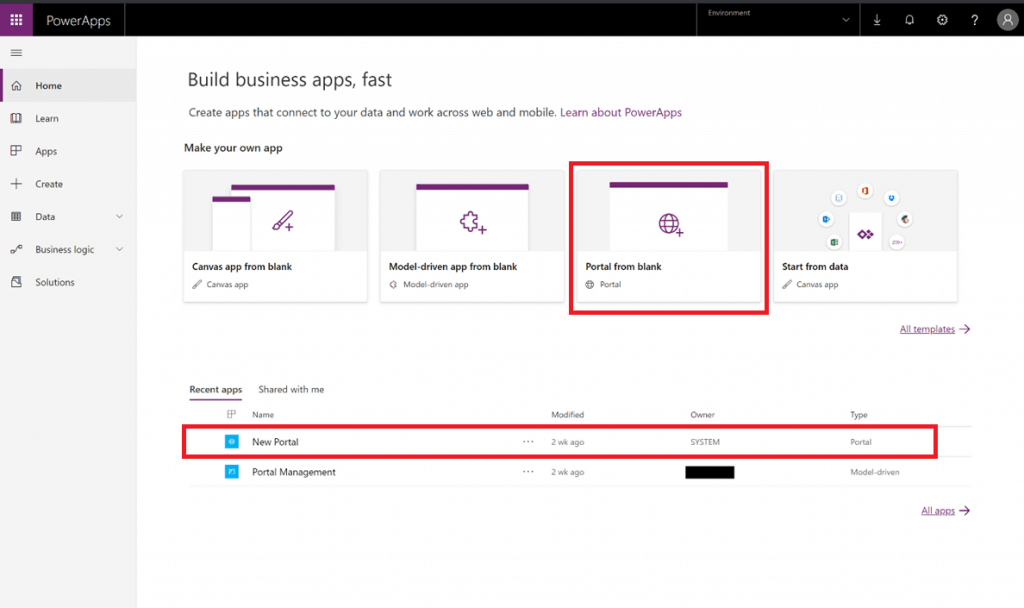
Introduction to PowerApps Portal:
An ability to build responsive and low-code websites for an external stakeholder that can view data from CDS – Common Data Service system by logging in as an authenticated user. PowerApps Portal allows external users to directly interact with stored data under CDS – Common Data Services.
To ensure that all the Dynamic 365 customer gets all the benefits of simplified low code, They have merged the capabilities that are offered by Dynamic 365 customer Engagement portal with PowerApps portals.
Have a brief look at Key Capabilities of PowerApps Portals:
If you are PowerApps maker than you will be able to create and manage the very new App type known as PORTAL.
This Portal is for the Common Data Service and Dynamic 365 environments that are available at make.powerapps.com.
Not just this you will be also able to access all the available portals within your environment in the apps list.
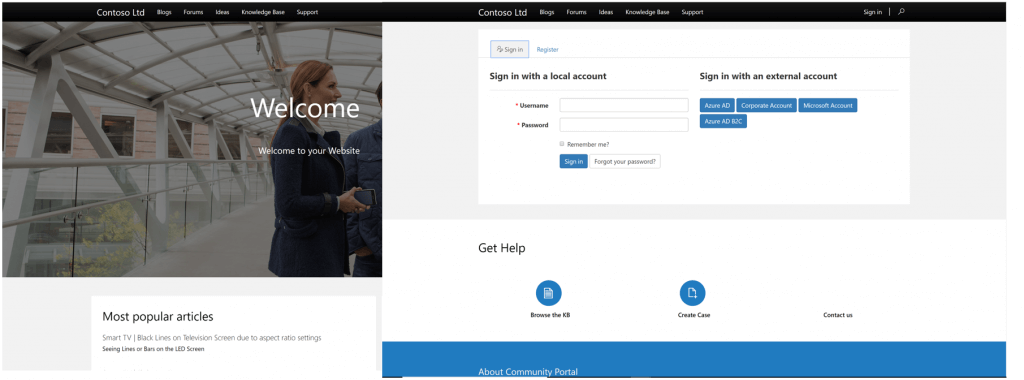
1. Engage with your customers and partners:
PowerApps Portals allows the organizations to create websites that can be easily shared to the external users and with their organizations through the user’s choice login provider like Microsoft Account, LinkedIn, or Other commercial login providers.
Another option to integrate with enterprise login providers is also available. This means integration can be done with a variety of industry-standard protocols like OpenID Connect and WS-Fed, SAML2.
For the employees who can connect directly by using their corporate Azure Active Directory account websites for them can be created.
2. With a new dedicated portal designer easily build websites:
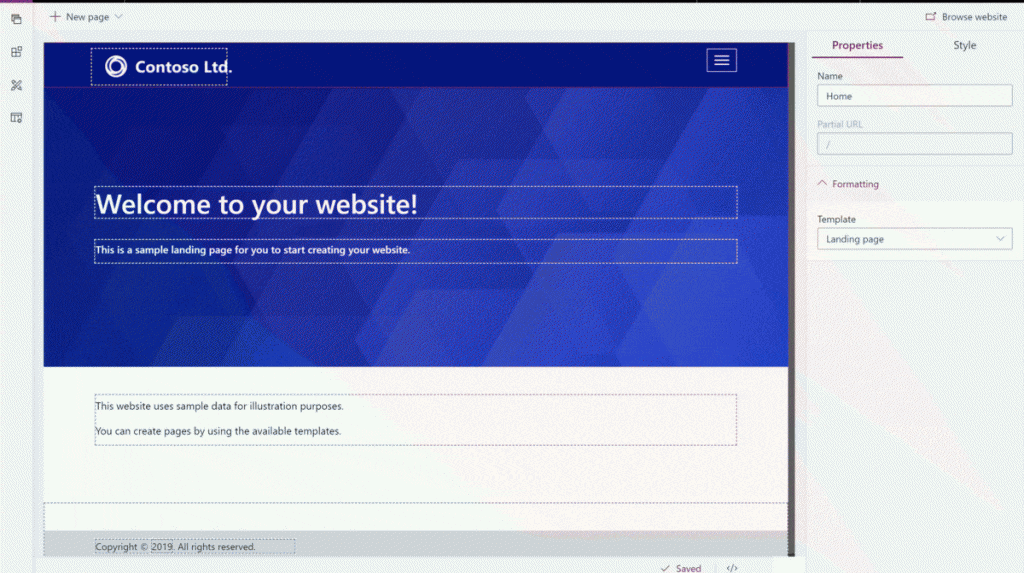
If you are willing to create and manage website content like Templates, Webpages, Sitemaps, etc that can build pixel perfect websites than use a powerful No-Code portal designer.
Using bootstrap themes you can custom brand your website and can make them responsive. You can also use familiar CDS components like views, model-driven forms, and dashboards to shallow stored data in CDS on your websites within few clicks.
3. To improve content integrate with Microsoft Services:
If you wish to enhance your portal with rich content also want to provide an exclusive experience to your customer than all you need to do is to integrate with different Microsoft services that include Microsoft Sharepoint, Microsoft Flow, Power BI embed, Azure AD B2C, Azure application insights and Azure Blob Storage.
4. Using Pro dev extensibility model complex business process:
By using the same professional developer capabilities of Dynamic 365 customer engagement portal and CDS platform that include code plugins, workflows, templates and more that extend your websites and accommodate to sophisticated use cases whenever required.
5. Using prebuilt templates extend Dynamic 365 Customer Engagement Application:
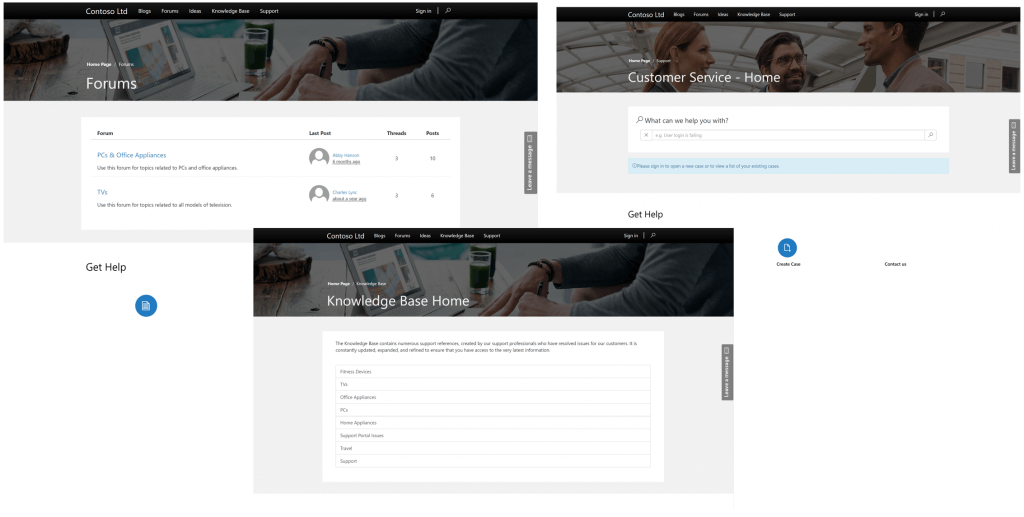
Image source
This means to use prebuilt templates like community self-service, customer self-service, employee self-service, and partner management.
These allow reaching external customers and internal customers by extending Dynamic 365 Customer Engagement Applications.
6. Advance Administration Capabilities:
To add Vanity Domain Names, Diagnostic Logging, IP Address filtering, To turn off/Restart website, and Maintenance Mode or many more you can use Advanced administration capabilities as per need.
Guidance on How to Get Started with PowerApps Portal:
For all the PowerApps Customers the PowerApps Portal preview is auto-enabled, all you need to do is log in with PowerApps Studio and start creating a Portal.
We have already discussed the key capabilities of the PowerApps portal by which you can learn more about the PowerApps portal.
Being Dynamics 365 Powerapps development company we can provide you a professional expert team who can fulfill all your expectations towards Development with Microsoft PowerApps Portal.
PowerApps Portal: Out for Public Review



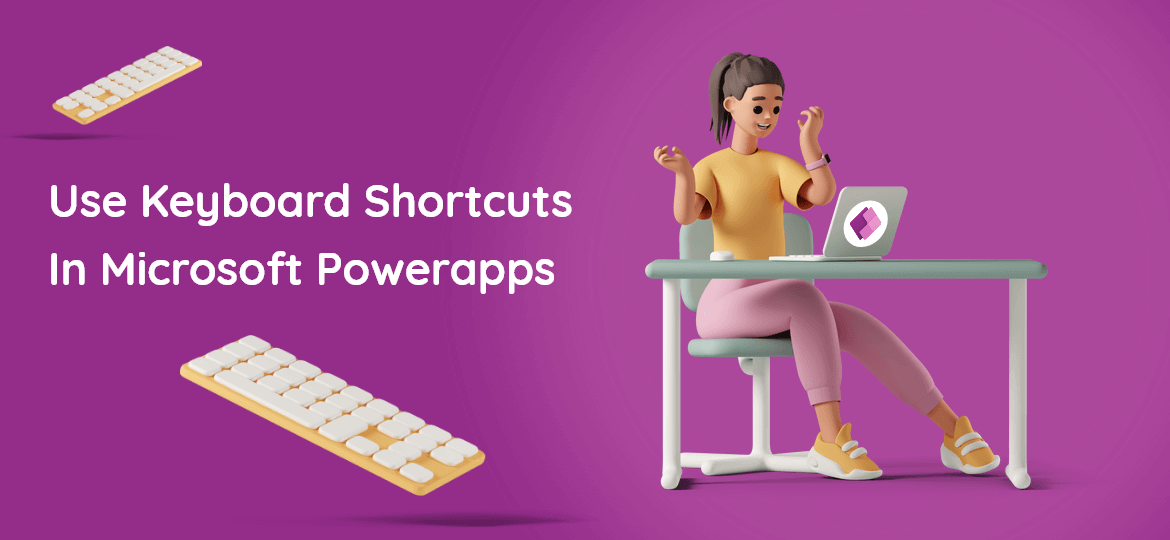
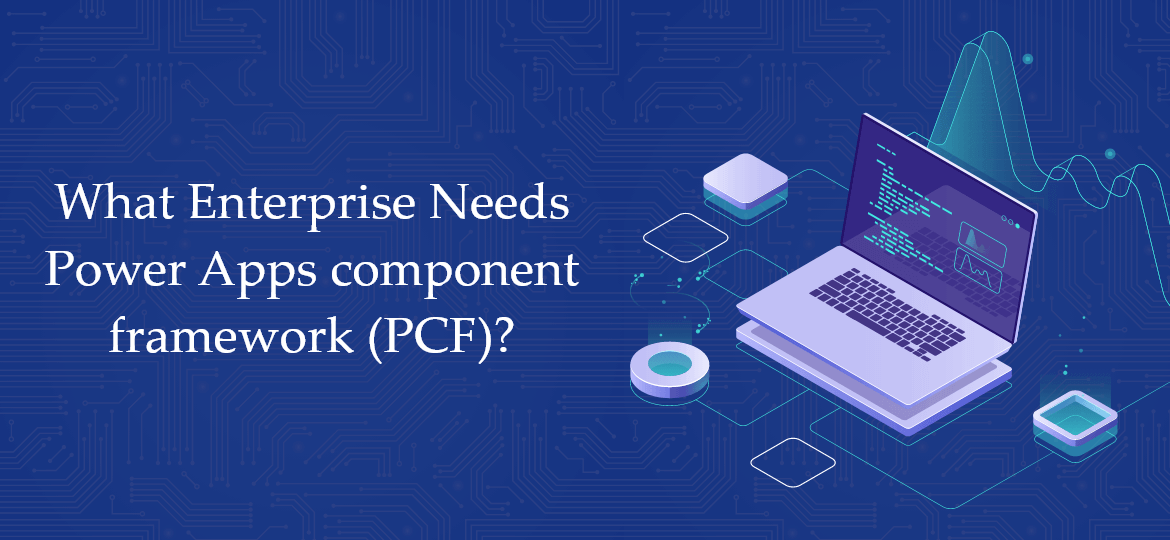


 Indonesia
Indonesia
 Botswana
Botswana
 USA
USA
 Italy
Italy
 Panama
Panama




 USA
USA UK
UK Saudi Arabia
Saudi Arabia Norway
Norway India
India Australia
Australia